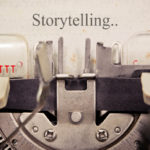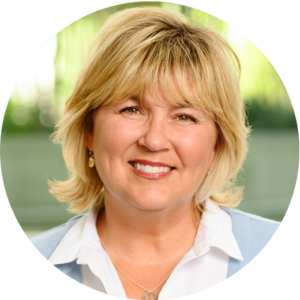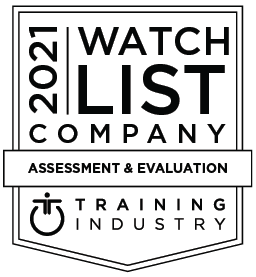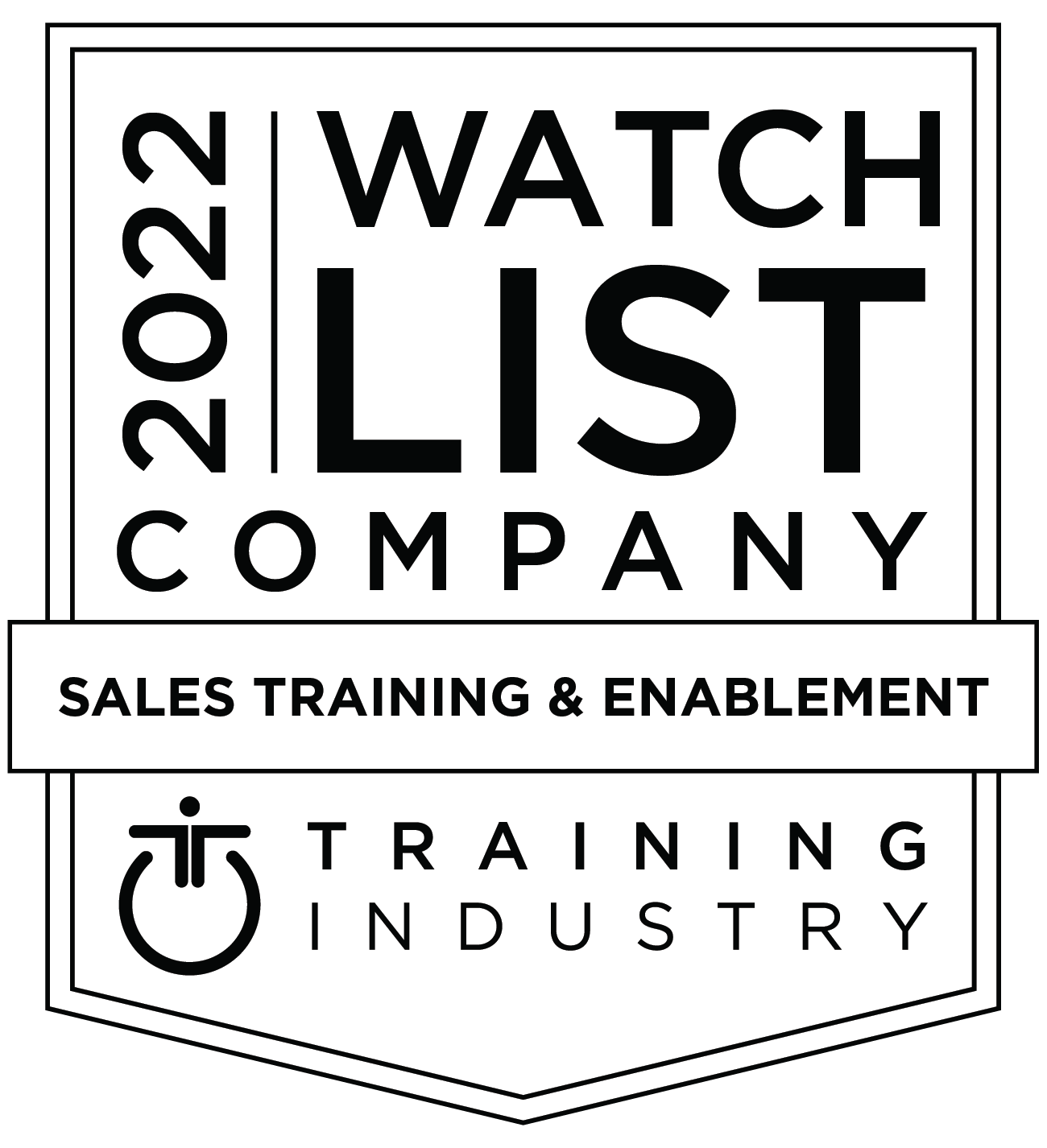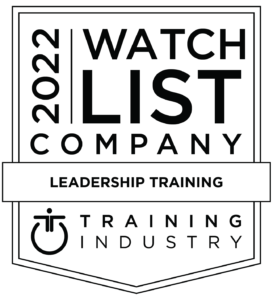I had the pleasure of having Thanksgiving dinner with Steve Faber, the writer of two highly regarded films, Wedding Crashers and We’re the Millers, along with a number of other popular screen and literary works. Over turkey and stuffing, the conversation migrated to storytelling…
I asked him, “If you had to identify one thing that distinguishes a GREAT story from a good story, what would that be?”
He answered quickly and confidently, “the degree to which you can establish shared misery.” He went on to explain what he meant.
First, we’re all familiar with the simple components of a compelling story:
- Main Character (also referred to as the Hero);
- Inciting Incident (the trigger that sends the Hero on the journey);
- Obstacles (challenging events);
- Choices (good and bad, but ultimately for the right reasons) that propel us to…
- Resolution (success or the resolve of the original quest).
The difference between a good story and a GREAT story lies at the very beginning, in how well your audience can relate to your Hero and the Hero’s quest.
Audiences who can relate to — and emotionally invest in — the Hero’s quest (or misery, as Steve puts it) are compelled to follow the story through, in order to find out what happens. Does the Hero fail or triumph? And, what does that mean for me? In some respects, the Hero’s quest becomes their own.
Audiences who can’t relate to the quest spend the entire story trying to figure out why they should care — and many times, just tune out.
I wondered, “How does this concept of shared misery relate to business communication? How does it relate to what Mandel teaches?”
It’s really no different.
If your audience — whether decision-makers, customers, or colleagues — can’t emotionally invest in your Hero’s quest, choose another story. The fanciest inciting incidents, most troubling obstacles, and shiniest solutions in the world won’t make a story GREAT if your audience can’t relate to, or share in, your Hero’s quest. They simply won’t care.
The mistake we often make when telling stories is to jump ahead to the insurmountable obstacles, heart-wrenching conflict, the toughest choices people make, and save-the-day resolution. Agreeably, it’s exciting stuff. The problem? We may very well be missing the most important part: the why of the story that the audience connects to – what makes them care.
So, before telling a story, ask yourself:
- Does my story contain a quest or desire that my Main Character/Hero and my audience share (even in the smallest sense)?
- Can my audience share in the misery of the quest?
- Have I answered the “why do I care” question for my audience?
The power of a well-told story is undeniable. Want to give your people the ability to use stories effectively when communicating with senior executives and potential customers? Browse our Think and Speak for Results™ Communication Training Workshops. Or, contact us to learn more about our easy-to-use storytelling framework and communication tools.

